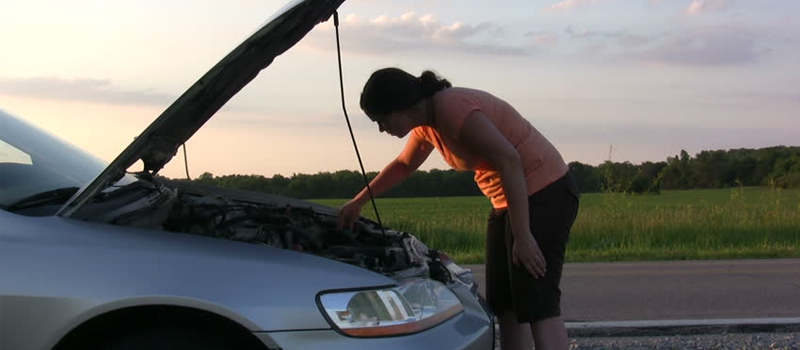Your car battery can die at the most unexpected of times and it can be really inconvenient, especially when on the road. A car battery should usually last around 3-4 years. Depending on the length of regular journeys and the age of your car however this can affect the lifespan of your car battery. A flat battery is one of the most common reasons for roadside assistance calls. There are a number of ways your car is trying to tell you that your battery may be going flat, knowing these can save you time and money! UK Car Finance have put together a handy guide on how to easily change your car battery.
Signs your car battery is dying:
- Dashboard symbol. One of the easiest ways to tell if your car battery is going flat is to take note of the symbols that appear on your dashboard. On most cars, you will be warned with an illuminated battery symbol which will more than likely stay on while you drive.
- Difficulty starting your car. If your engine is dying, it may take longer to start the car and the engine can crank slower. If your engine fails to start due to a flat battery, you could jump start the battery as a temporary fix but this should not be ignored.
- Loss of electric power. Your battery also powers your internal electrics. This includes things such as windows, lights, heaters and seats. If you experience a lack of or loss of power to any of these internal systems, this may be an indication that your battery is dying.
- Old age. It comes to us all in the end! Your car battery can last well over 3 years but you should get it checked after the three year mark just to make sure there are no issues.
What will I need?
- The new replacement battery
- Universal wrench
- Safety goggles
- Protective gloves
If your car battery seems worn out or is due to be changed, it is recommended that you have it changed by a mechanic or an approved garage. However, it can be done at home in a few easy steps.
- Have a look in the owner’s manual to find out the right battery for your car and also where the battery is located. It is usually under the bonnet but it can sometimes be in the boot or under the seats.
- When you’ve purchased the correct battery, and are ready to fit it, make sure your engine is cool, you’re parked on a level and flat surface and the handbrake is on.
- Before you remove the battery, make sure you have your protective gloves and eyewear on as battery acid can leak and it is highly corrosive.
- Identify the positive and negative terminals. Firstly, remove the clamp from the negative terminal with the wrench and remove the cable. Then repeat for the positive.
- Carefully remove the battery by lifting it out. Be careful when lifting as it can be heavy and keep the old battery upright at all times to avoid any spillage.
- You’re now ready to install the new battery! Pop the new battery in place of the old one.
- Connect the positive terminal first, tighten with the clamp and repeat for the negative terminal. You should then be good to go!
- Remember to dispose of your old battery properly. Cover it in duct tape and then you can do this at a number of battery disposal and recycling centres or take it to your local garage.
Knowing what to do when there’s a problem with your car can be difficult. Many of us may not want to admit defeat and get a mechanic to do it for us or we may be stuck at the roadside with no help. Its handy to know how to fix common problems such as how to change a battery or how to change a tyre yourself.

